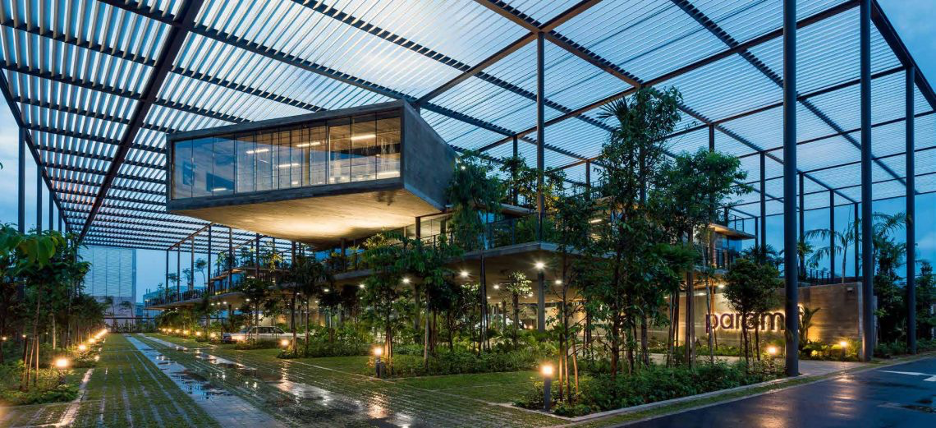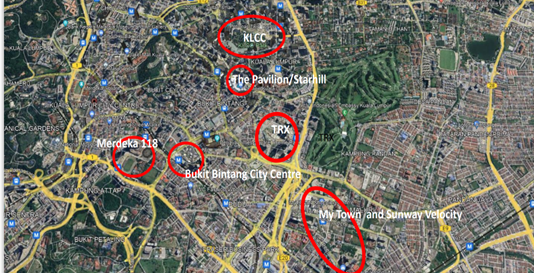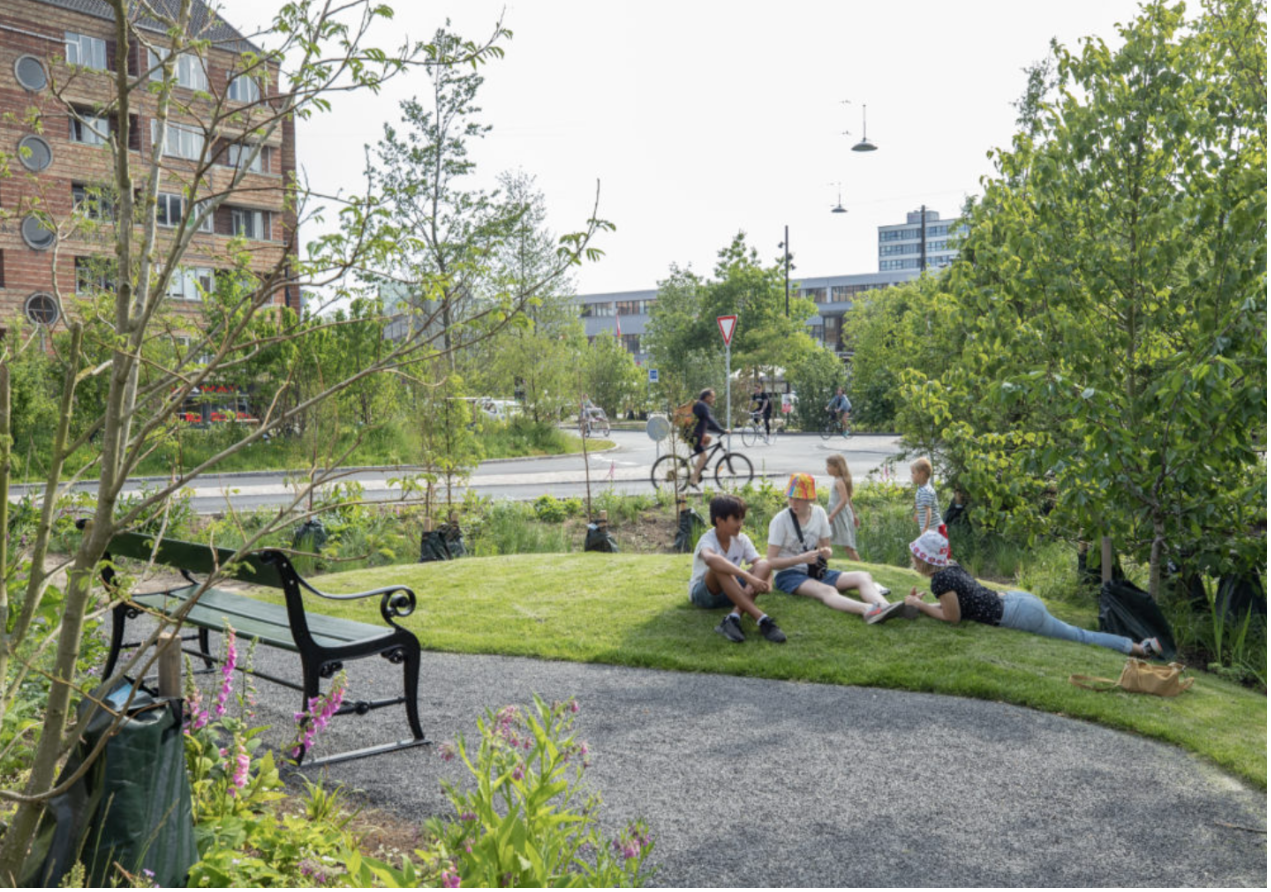What is Sustainable Architecture
Sustainable architecture refers to architecture designed to minimize the negative impact on the environment through reducing the consumption of energy and ecological conservation in the design approach of the built environment. Sustainability is a general term that refers to the ability to maintain or develop a process, such as architecture, without depleting natural resources in the long run. The term “sustainability” has been applied extensively to many activities recently. The concept of sustainability is composed of three pillars "environmental," "social," and "economic." Therefore, in order to achieve sustainable development should meet the three pillars of sustainability. In architecture and design development, there is a strong demand for sustainable solutions that consider the three pillars.
History of Sustainable Architecture
Though the term "sustainable architecture" has been introduced in the past decade or so, the concept of sustainability in architecture isn’t new. Probably the history of the concept dates to ancient civilizations. For example, ancient Malaysian houses or "rumah kampung" was constructed by the indigenous ethnic Malay people using bamboo or wood as a principal material. However, the Industrial Revolution in 1760 led to the growth of heavy industrial materials that had a negative impact on the environment. In the Late 80s, the world realized critical environmental issues of energy consumption and the use of human resources and the need to resort to more sustainable solutions. Finally, the United Nations announced a report on sustainable development, defined as development that meets the needs of the present without compromising the ability of future generations to meet their own needs. The new concept of "sustainable architecture" was induced early by American Architect Bob Berkebile in the 90s, who had a proactive position about the future of architecture. Over the past 20 years, the building industry has faced an increasing demand for more "sustainable" solutions.
Why "Sustainable Architecture"
Currently, buildings are the largest energy consumers in the world economy, accounting for over one-third of final energy use and nearly 40% of energy-related CO2 emissions. In Malaysia, buildings also consume up to 40% of the total energy in the country. Along with energy consumption, the main issue could be the construction industry and using unsustainable building materials, such as concrete and reinforced concrete. As a consequence and to provide sufficient sustainable architecture, the building industry is required to provide building space with fewer materials and less energy consumption. Therefore, in the last 20 years, "sustainable architecture" has become a real mainstream for implementing a more efficient architecture that promotes environmental, economic, and social benefits.

Paramit Factory, Malaysia: won the MGBC's Best New Green Factory category (Source: constructionplusasia.com)

Universiti Putra Malaysia (UPM) is a university with a green campus on the Ui-Greenmetric World University Rankings (Source: upm.edu.my)
Tarikh Input: 08/08/2023 | Kemaskini: 08/08/2023 | uswahhasanah
PERKONGSIAN MEDIA






























